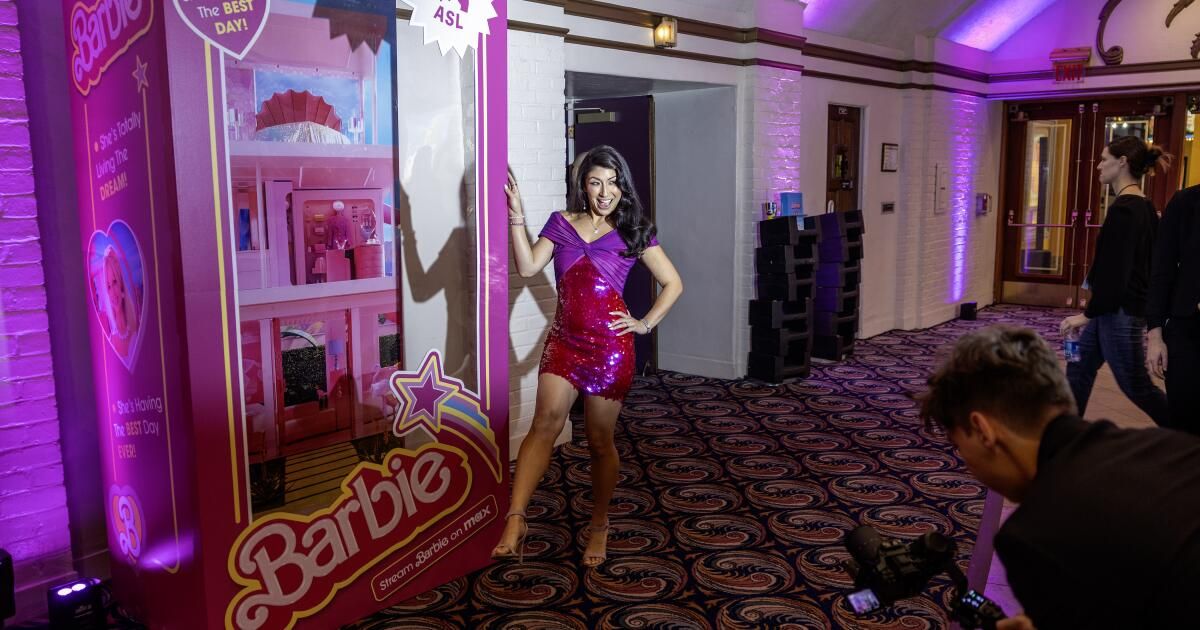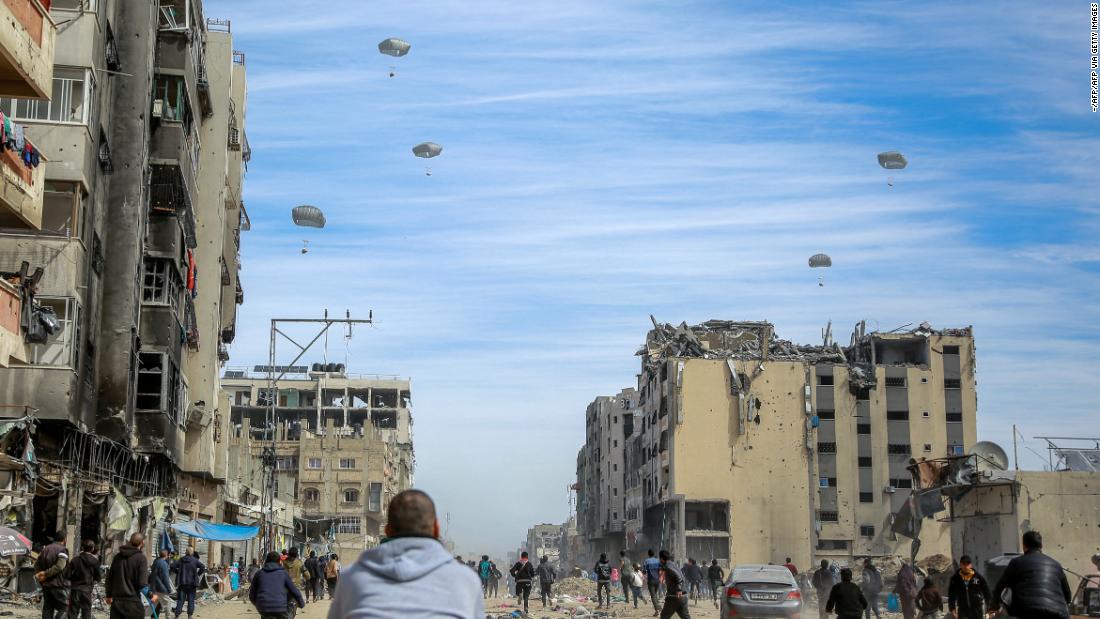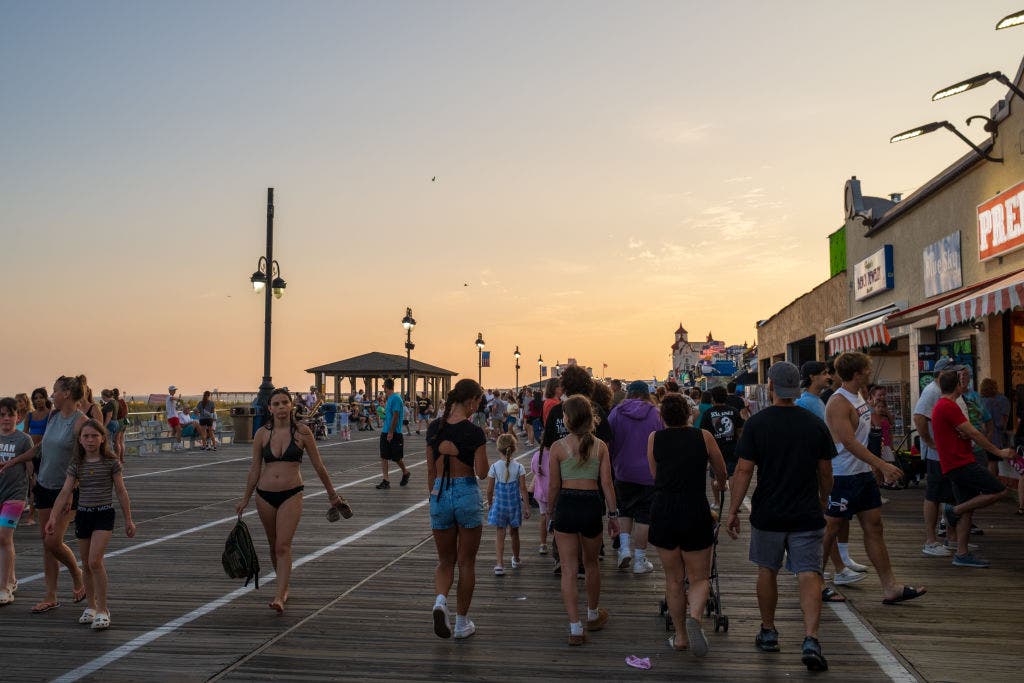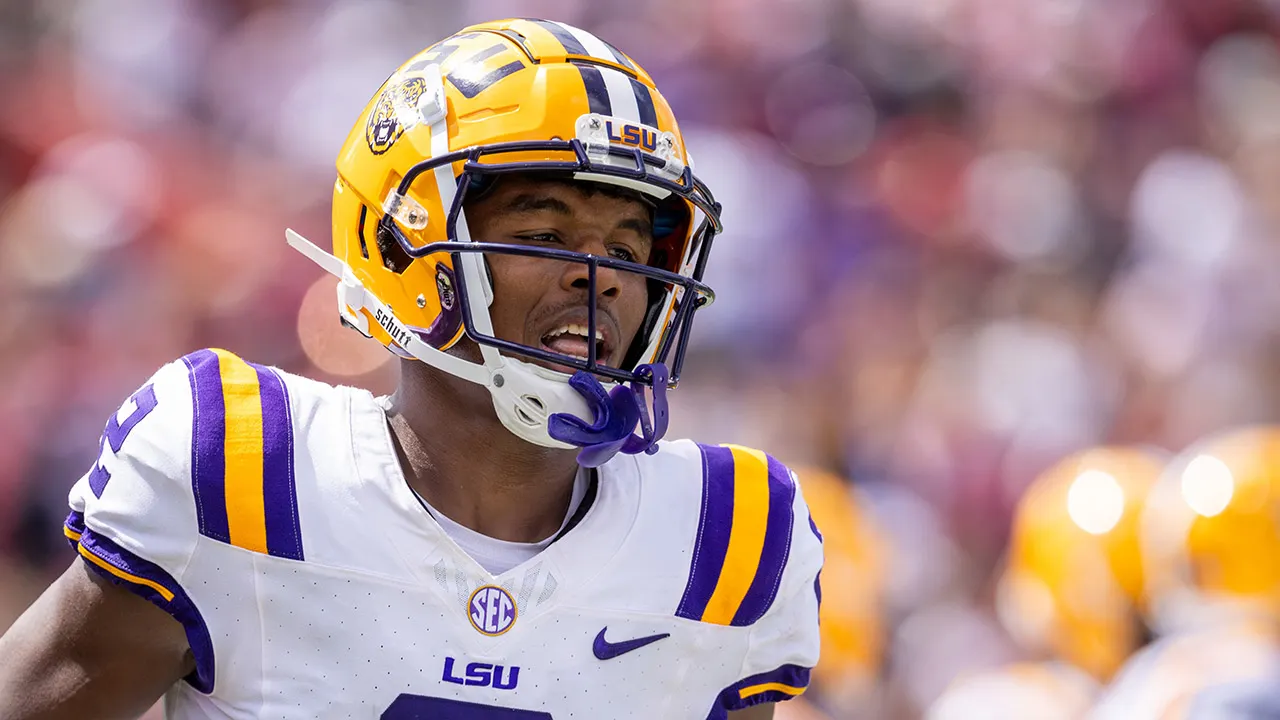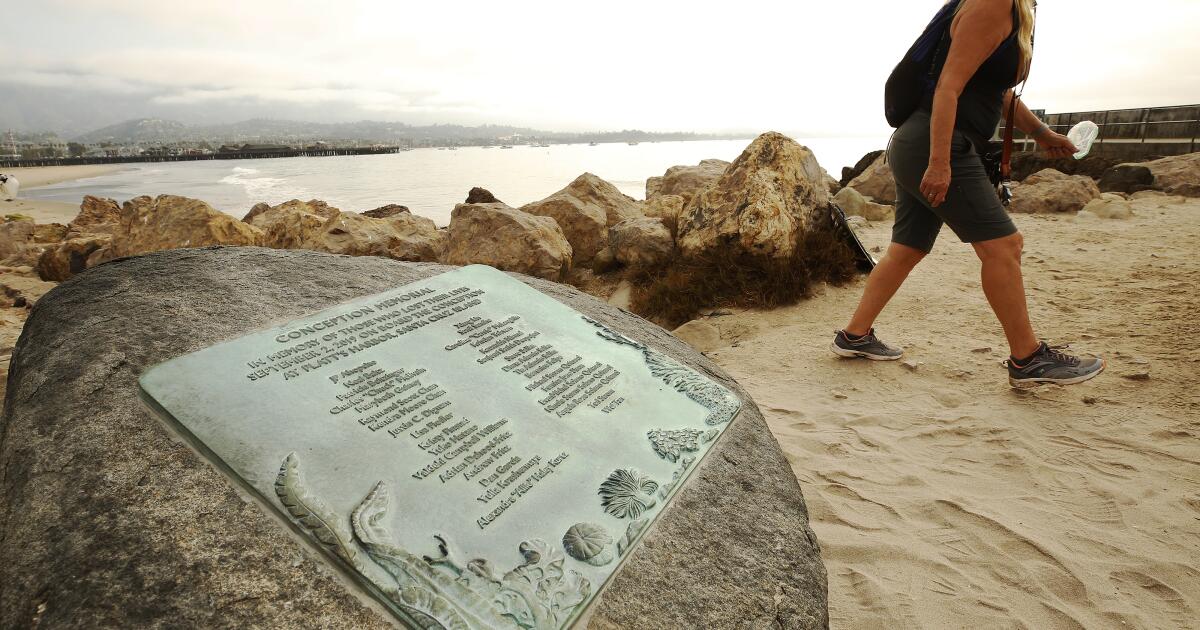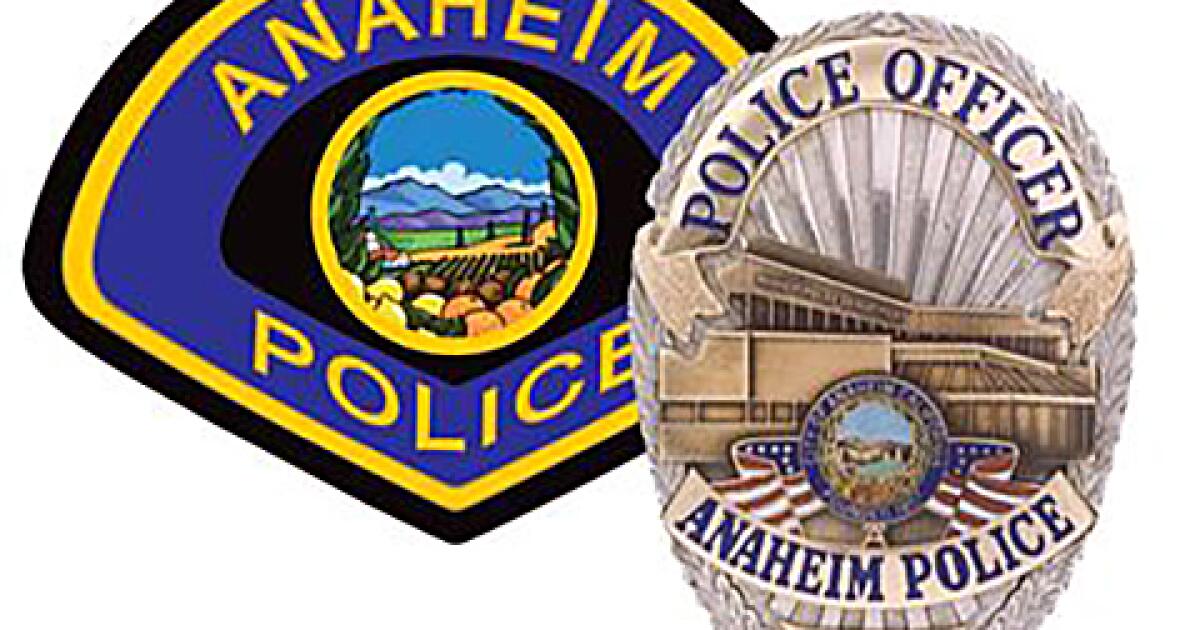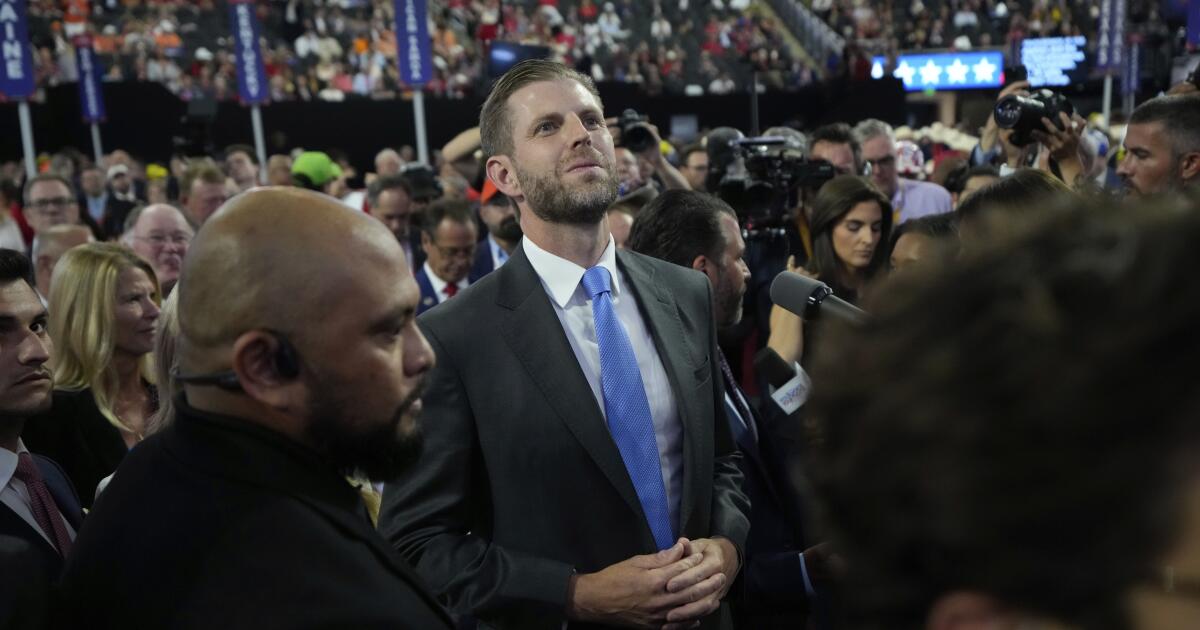Nine-year-old actress Oceana Matsumoto signed emphatically with her father, posing for a snapshot in the lobby of the Regency Village Theater in Westwood, where hundreds of fans had turned out to see a special screening of “Barbie” in ASL (American Sign Language). .
The December 14 event, which premiered deaf artist Leila Hanaumi's take on the bubblegum blockbuster, showcased the latest in accessibility for deaf people, with dialogue delivered to viewers via on-screen subtitles and sign language.
“It feels good,” Oceana said. “Usually they don't even have subtitles [in theaters].”
Although common at press conferences and concerts, ASL is uncommon in movie theaters and streaming services, where the sign language interpreter may be included in the picture. Subtitles, on the other hand, are old school: an accessibility feature that first came to cinema in the Eisenhower era.
In recent years there has been a shift: words on the screen have become the default option for many viewers.
According to recent studies, about half of all viewers use subtitles most or all of the time, including 53% of millennials and about 70% of zoomers. That's about double the percentage of Generation X and baby boomers who use them, even though older people are two to three times more likely to have hearing difficulties, according to CDC data.
“Captions aren't just for deaf people, they're for everyone, and I mean literally everyone,” said Katherine Lees, CEO of accessible marketing company Dozanü Innovations.
Some reasons are technical: Flatter TVs, new trends in sound mixing, inconsistent audio levels, and compressed streaming quality can muddy dialogue, while modern interfaces make adding subtitles almost as easy as skipping the opening credits.
Others are social: More second-screen viewing (watching TV while simultaneously browsing on your smartphone), a growing appetite for foreign shows, and the proliferation of automatically generated subtitles on TikTok and YouTube have helped popularize the once popular technology. niche. particularly among younger viewers.
“Having subtitles on video content is quickly becoming the new standard,” said Melissa “echo” Greenlee, founder of Deaf Friendly Consulting.
When moviegoers returned to theaters this summer, many wondered: why aren't there subtitles here, too?
Oceana Matsumoto attends a special closed-captioned screening of “Barbie” in Westwood. Streaming has long brought subtitles into the mainstream, and many now use this feature by default whenever they watch movies or television.
(Allen J. Schaben/Los Angeles Times)
In the case of the “Barbie” screening, the ASL interpretation offered viewers another comedic layer in the repetition of the icon's ASL nickname: the hand signal for B combined with the wrist signal, which runs across the bridge of the nose.
“I literally play movies for my kids in our living room,” Hanaumi told Barbie star Margot Robbie in a post-screening Q&A. “Deaf people do that every day.”
Subtitled films were originally produced for loan to deaf groups through a government-funded program. In the 1970s, networks pioneered subtitles for television. And after the passage of the Americans with Disabilities Act and the Television Set Top Box Act of 1990, all new televisions were required to be able to display closed captioning.
But something curious happened in the decade since streamers made subtitles universal, following the 2011 ruling in Netflix v. National Assn. of the Deaf: As they became widely available, the masses began using them.
“With my generation, Generation Z, we're already watching everything with subtitles,” said deaf influencer Chrissy Marshall, 24.
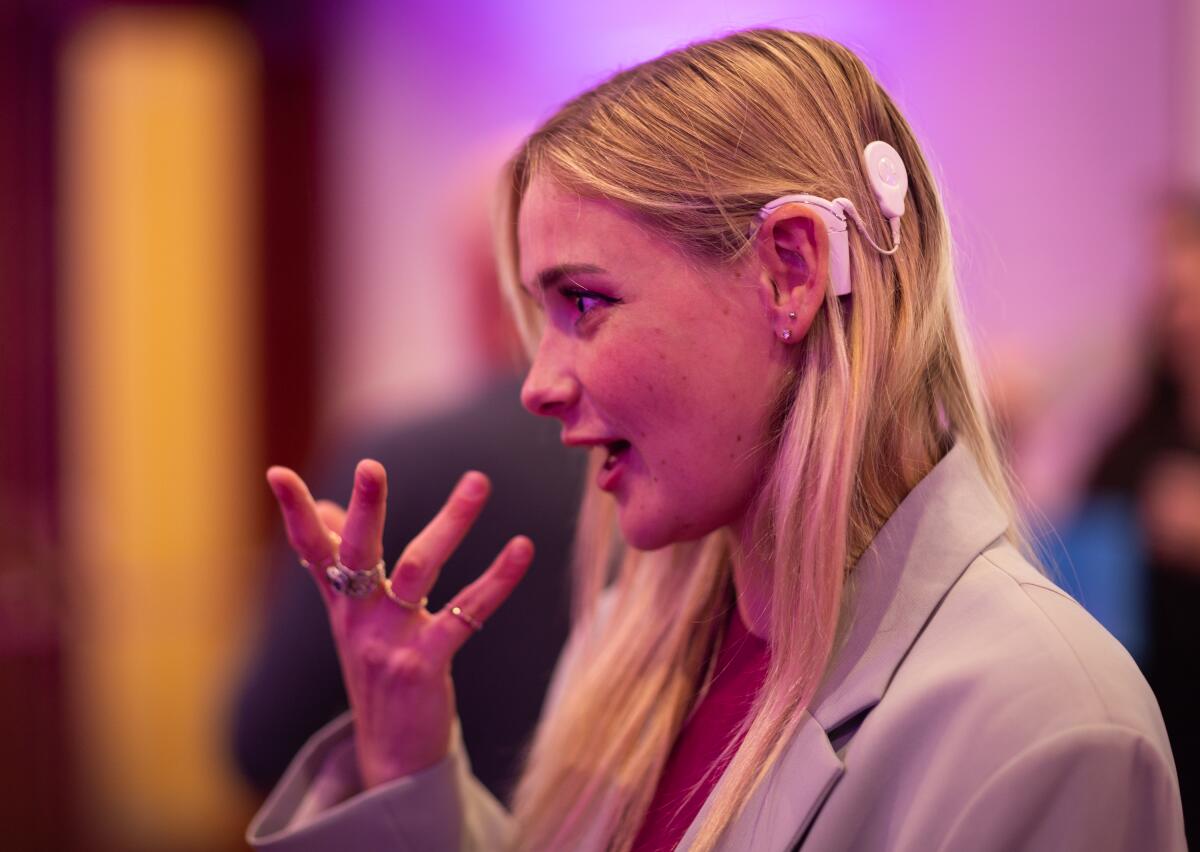
Los Angeles writer and director Chrissy Marshall wears a cochlear implant while signing and attending a special screening of “Barbie.”
(Allen J. Schaben/Los Angeles Times)
Howard A. Rosenblum, head of the National Association. of the Deaf, whose lawsuit paved the way for the current closed captioning renaissance, said that “theater owners have long argued that open captioning is harmful.” But now, “with so many people who are not deaf turning on subtitles… it would seem [they] are welcome.”
The term “open captioning” refers to dialogue and audio description projected as captions on the screen. They are the preferred alternative to subtitles, which all cinemas must offer by law, and which moviegoers access using special glasses or a machine mounted in a cup holder.
But getting open captions in theaters is much more complicated than switching between menu options on a smart TV, advocates say.
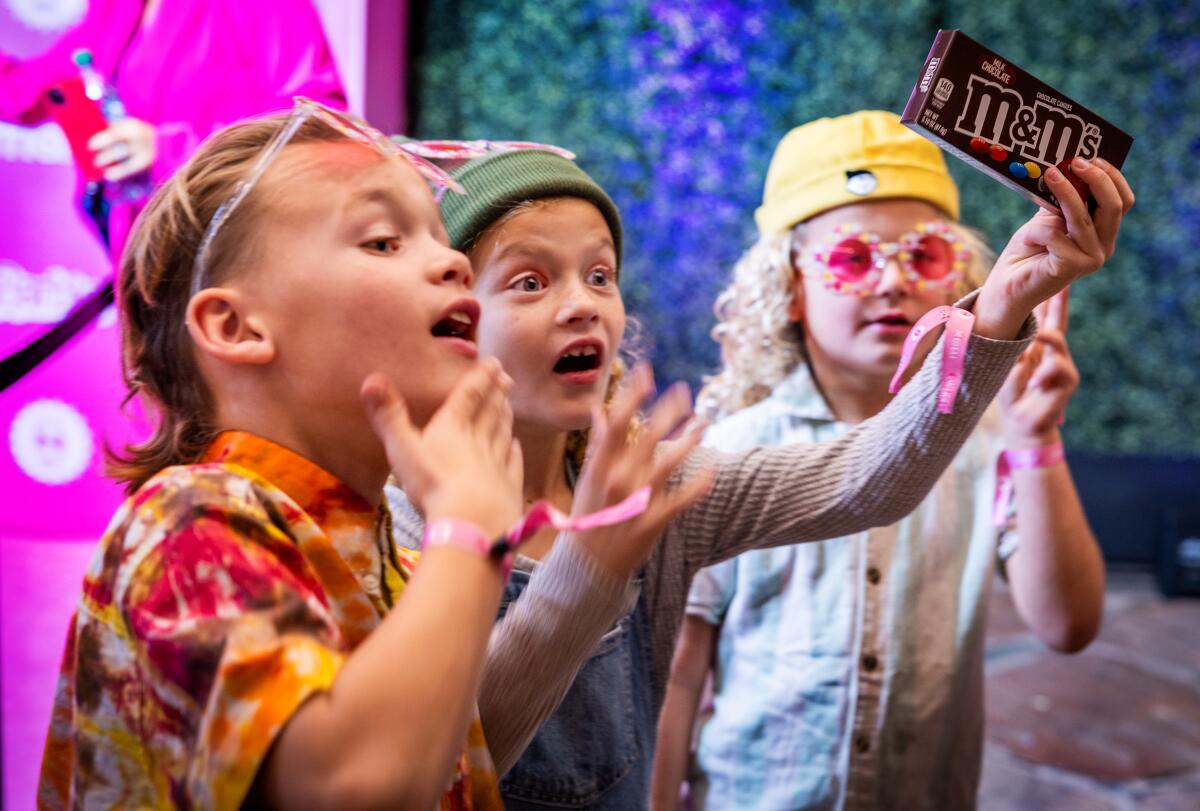
Lavern Korn, 8, left, Ayla Korn, 7, and Gray Korn, 6, sign as they arrive to attend a special open-captioned screening of “Barbie.”
(Allen J. Schaben/Los Angeles Times)
Hawaii has required open-captioned screenings in theaters since 2015, but screenings in the other 49 states remain rare.
Then, a few months after most movie theaters reopened in 2021 amid the COVID-19 pandemic, the country's largest theater chain, AMC, announced it would begin showing new releases with open captioning at screenings. limited in 240 of its US theaters.
In 2022, New York City began requiring up to four open-captioned screenings per film per week in most theaters, with the stipulation that half be during peak hours.
Washington, DC and Colorado have proposed similar laws.
The National Association. of Theater Owners, a national industry group, did not respond to requests for comment. Neither did AMC, which remains the only major theater company to regularly offer performances with open captioning when such screenings are not required by law.
Although it doesn't require them, California now has dozens of theaters with regular open-captioned screenings, including in smaller cities like Chula Vista and Placerville.
“I live in Northern California and we have monthly deaf events with open-captioned movies,” Oceana said. “We don't have to use the glasses or the machines that you put on your seat. “We can just see it.”
Angelenos can find about a dozen open-captioned shows a week, if they know where to look.
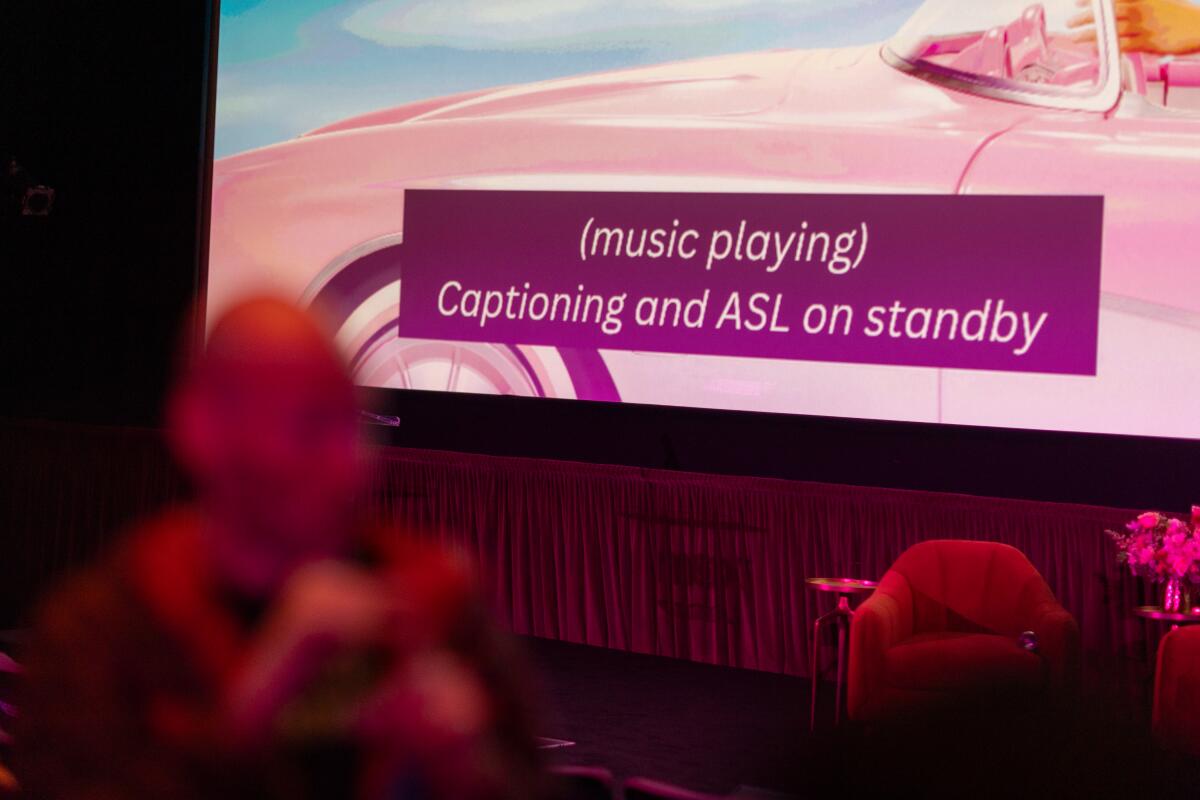
Two ASL users converse at a screening of “Barbie” where white subtitles appeared on a pink background.
(Allen J. Schaben/Los Angeles Times)
But moviegoers say there's no easy way to keep track of what's showing when, and dragging yourself across town for a 1 p.m. weekday showing hardly justifies the $23 ticket price.
“You can't schedule the captioning slot at a bad time, not promote it, and then complain that community members aren't coming,” Greenlee said. “Not giving us options during prime-time weekends… is like saying, 'You don't matter.'”
Even small, independent theaters that strive to be inclusive and promote their accessible performances don't always hit the mark.
For every well-attended screening of “Barbie,” there is a flip side, like “Wish.”
About 100 people attended the film's open-captioned debut at Disney's El Capitan Theater in December, one of two screenings the Hollywood theater offers for new releases.
But the encore, at four in the afternoon the following Wednesday, was empty.
“We want to be as inclusive as possible and invite the audience to feel comfortable and be authentic,” said theater director Adi Hakopian. “We also have closed captioning devices, but it's not as convenient as when it's on the screen.”
Closed-captioning machines with ill-fitting cup holders and glasses have long been the standard in movie theaters, which must provide closed-captioning and audio description devices to moviegoers who need them. But users say those technologies are cumbersome and unreliable, and many theaters have only a few.
“You're looking from top to bottom, from top to bottom, from top to bottom, throughout the entire movie,” said deaf film buff Dani Durán. “If the subtitles go off halfway through the movie, I'm sorry, that's a shame, and we've missed 20 or 30 minutes of the movie” before it can be fixed.
That's what happened when she and her husband went on a date in September.
“His [device] “It had flaws,” he said. “He had to take it out and change it, he missed the whole first part of the movie and then it stopped again. They gave us a refund for the tickets, but we had already bought popcorn and drinks, the whole nine yards.”
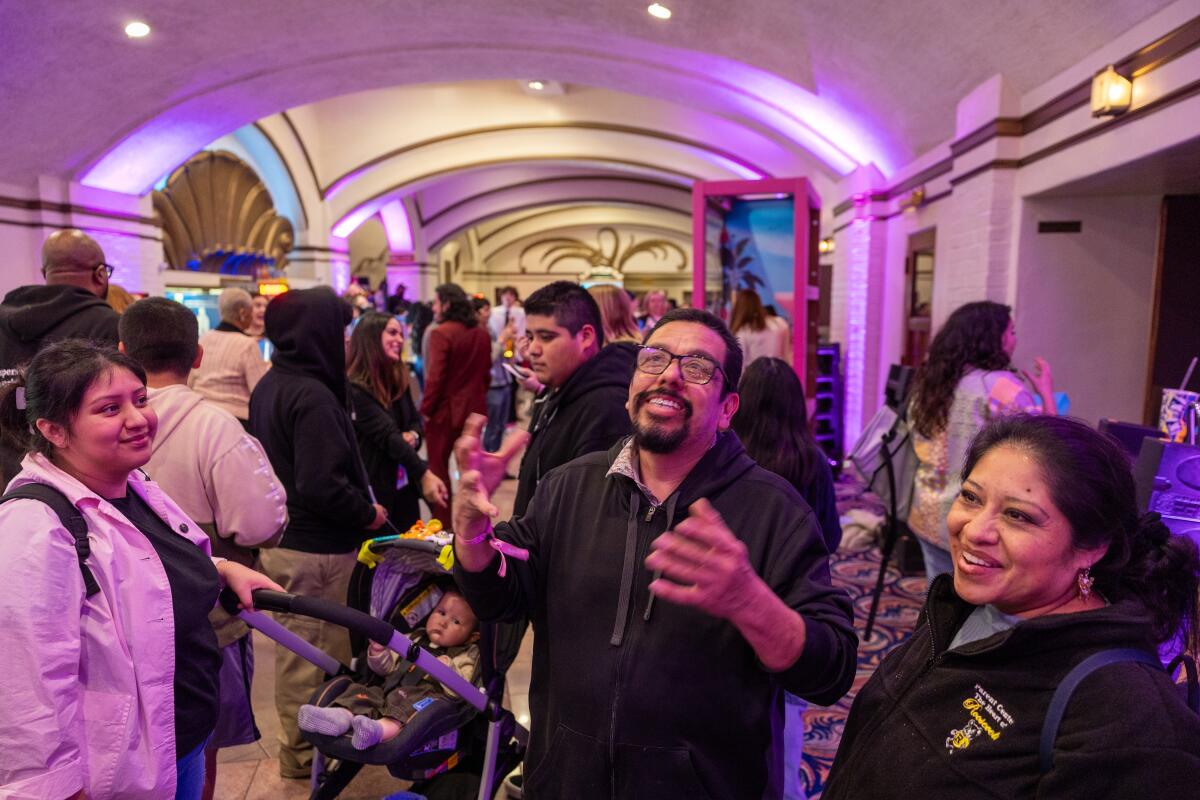
José Valencia, center, with his family, signs a special open-captioned screening of “Barbie.”
(Allen J. Schaben/Los Angeles Times)
For now, movies with open subtitles seem equally inaccessible, even if they are easier to watch.
“If they say we have open subtitles [only] This Friday that makes it difficult to go,” Durán said. “Some movie theaters are so far away for me that it's easier to wait” for movies to come out on streaming.
Both the “Barbie” screening and the ASL interpretation were paid for by MAX (formerly HBO), which said its goal was to provide representation, not just accessibility. Hanaumi addressed the growing push for inclusion in her conversation with Robbie.
“I wonder where the industry sees things going with regards to accessibility and inclusivity,” Hanaumi asked.
“I just see things getting better,” Robbie said. “Technology only makes things easier to be more inclusive, and we should all take advantage of that.”
There was a pause. Then, as if reminding the audience of her, the actress corrected herself.
“But it's not really about technology,” Robbie continued. “It depends on the people.”
A thousand hands rose in the air in silent applause.

